Internal hemorrhoids usually don't cause any pain but may bleed without your noticing it.
External hemorrhoids can cause discomfort, throbbing, and even prolapse. Knowing which type of hemorrhoid you have is important so you can begin treatment and relief as soon as possible.
The best action to reduce symptoms and prevent future flare-ups is to distinguish internal from external hemorrhoids.
You can distinguish external hemorrhoids from internal ones by looking for signs of itching or irritation around the anal region.
How to Know if Hemorrhoid is Internal or External: Symptoms Overview
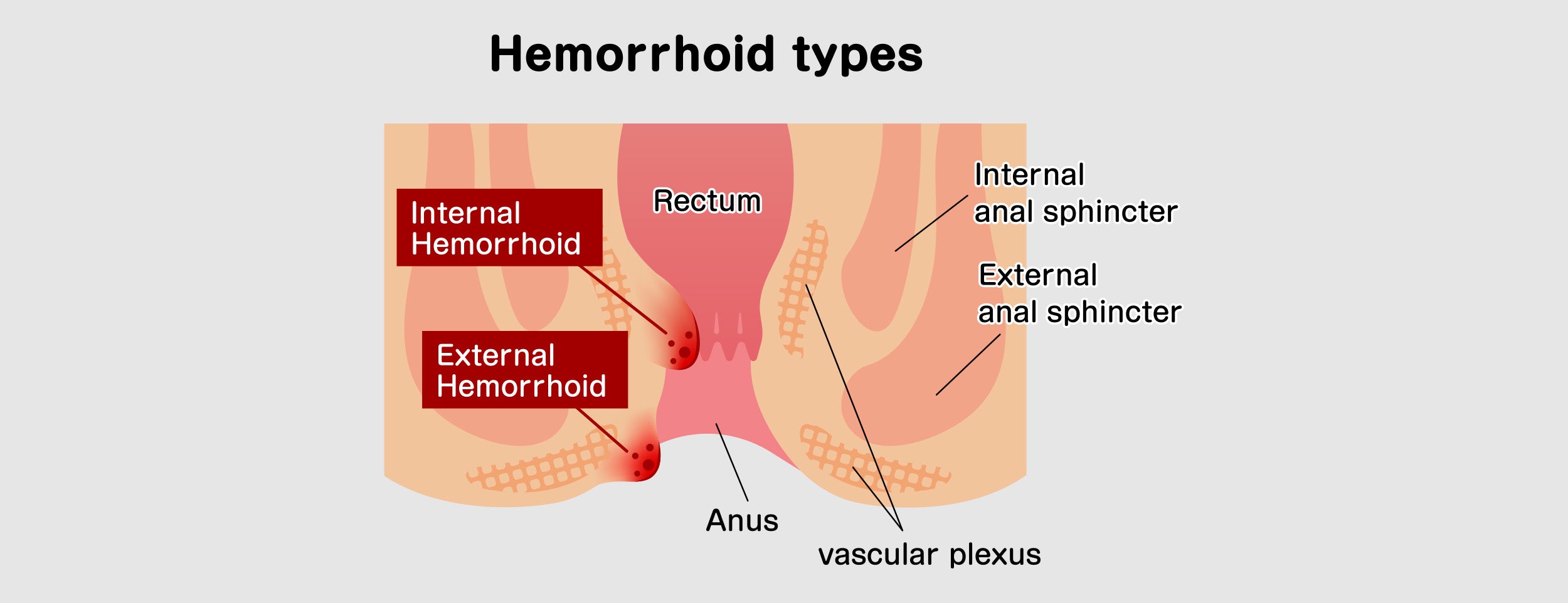
Internal and external hemorrhoids often have similar symptoms and characteristics, so determining the type can be challenging.
The anal opening is where external hemorrhoids are found, while the rectum is where internal hemorrhoids are located.
The symptoms of hemorrhoids can also be caused by other conditions, such as anal fissures or abscesses, so it is best to consult a physician if you suspect you have hemorrhoids.
Symptoms of External Hemorrhoids
Few symptoms typically characterize external hemorrhoids. We tried to explain in detail below:

Itching or Irritation in the Anal Region
- External hemorrhoids often cause itching and irritation in the anal region.
- This sensation can range from mild discomfort to severe itching, which can be unbearable.
- Additionally, external hemorrhoids can cause burning and stinging sensations in the anal area.
- The skin around the anus may become red and inflamed due to constant scratching and irritation.
- In some cases, open sores may develop due to severe scratching, leading to infection.
- Keeping the anal area clean and dry, wearing loose clothes, using soft toilet paper, and patting the area dry instead of rubbing can ease irritation and itching.
Pain or Discomfort
- Pain or discomfort associated with external hemorrhoids can range from mild to severe, depending on the size of hemorrhoid and its location.
- External hemorrhoids can cause throbbing and pulling sensations, which worsen when sitting or engaging in strenuous activities.
- The affected area may become swollen or tender to the touch as well.
- If external hemorrhoids are causing pain for more than a week, you should seek medical attention from your physician as soon as possible.
- Making lifestyle changes such as increasing fiber intake and exercising regularly can help alleviate pain caused by external hemorrhoids over time.

Swelling Around the Anus
- Anus swelling is another common symptom of external hemorrhoids.
- These swellings are usually small hard lumps that are painful when touched but can become larger over time if left untreated.
- This is referred to as a prolapsed external hemorrhoid if they protrude too far outside the body.
- Some conditions can cause swelling around the anus, like abscesses, ulcerative colitis, or Crohn's disease.
- You should see a doctor if it persists for more than seven days without relief, even if you try home remedies like warm baths and ice packs.
- Elevating your legs while lying down also helps with swelling.
Bleeding
- Bleeding is one of the symptoms of external hemorrhoids. It usually occurs during bowel movements but can also occur during defecation.
- It is hazardous for spontaneous bleeding in older people with prolonged constipation.
- Unusual, prolonged rectal bleeding can indicate a more serious underlying health issue, such as colon cancer.
- A medical consultation is highly recommended if you experience blood in your stool lasting seven days or longer.
- It is also important to seek immediate medical attention if these symptoms are accompanied by dizziness or fainting.

Throbbing
- Blood and other fluids accumulate inside external hemorrhoids, which puts pressure on nerves surrounding the anus.
- The pain increases significantly when sitting down.
- External Hemorrhoids can be debilitating, as recurrent throbbing commonly worsens over time if untreated.
- Pressure coupled with strain can further aggravate already inflamed veins during defecation.
- Diet modification and regular exercise are the only treatments that can provide long-term relief from hemorrhoidal discomfort.
Prolapse
A prolapsed hemorrhoidal tissue has swollen/grown outside of its normal position. Those suffering from this condition have trouble controlling them manually unless they act immediately.
Small External Hemorrhoids

Small external hemorrhoids, also known as perianal hematomas, typically form just outside the anus and are considered to be benign conditions. By straining during bowel movements or sitting for too long on hard surfaces, blood builds up in the veins around the anus.
These hemorrhoids are usually small, soft, flesh-colored, tender, or slightly itchy. You can treat many small external hemorrhoids at home by eating more fiber, drinking more water, avoiding straining during bowel movements, using stool softeners, exercising regularly, and avoiding prolonged standing.
Medical treatment may sometimes be necessary if these treatments do not provide relief. Topical medications such as hydrocortisone creams or suppositories may be used to reduce inflammation and pain.
Hemorrhoids in severe cases may require minimally invasive procedures like rubber band ligations to stop circulation, sclerotherapy to shrink, laser treatment to destroy, or surgery to remove them.
Hard External Hemorrhoids

Hemorrhoids can cause discomfort and complications such as blood clots and infections. The anus area becomes hard and painful, and itching, swelling, and bleeding occur during bowel movements. Constipation, prolonged sitting, pregnancy, and obesity, can enlarge small veins around the anus.
External hemorrhoids protrude outside the body and feel like lumps around the anal opening. Medications, topical creams, and surgical removal are all options for alleviating symptoms and preventing complications. Taking action and getting help today will help you.
Hard external hemorrhoid treatment
Don't suffer in silence from complicated external hemorrhoids. While they are more painful and severe than other hemorrhoids, effective treatments are available.
These stubborn hemorrhoids can be treated with thrombectomy, which removes the thrombosed hemorrhoid. Hemorrhoids and clots are often caused by blocked blood vessels; removal can alleviate pain.
Sclerotherapy involves injecting a solution directly into hemorrhoid, causing it to shrink. If other treatments are unsuccessful, surgical removal may be necessary.
Diagnosing and treating hemorrhoids alone can lead to more severe health problems. A medical professional should be consulted when experiencing hemorrhoid symptoms, including complicated external hemorrhoids.
Hole in External Hemorrhoids
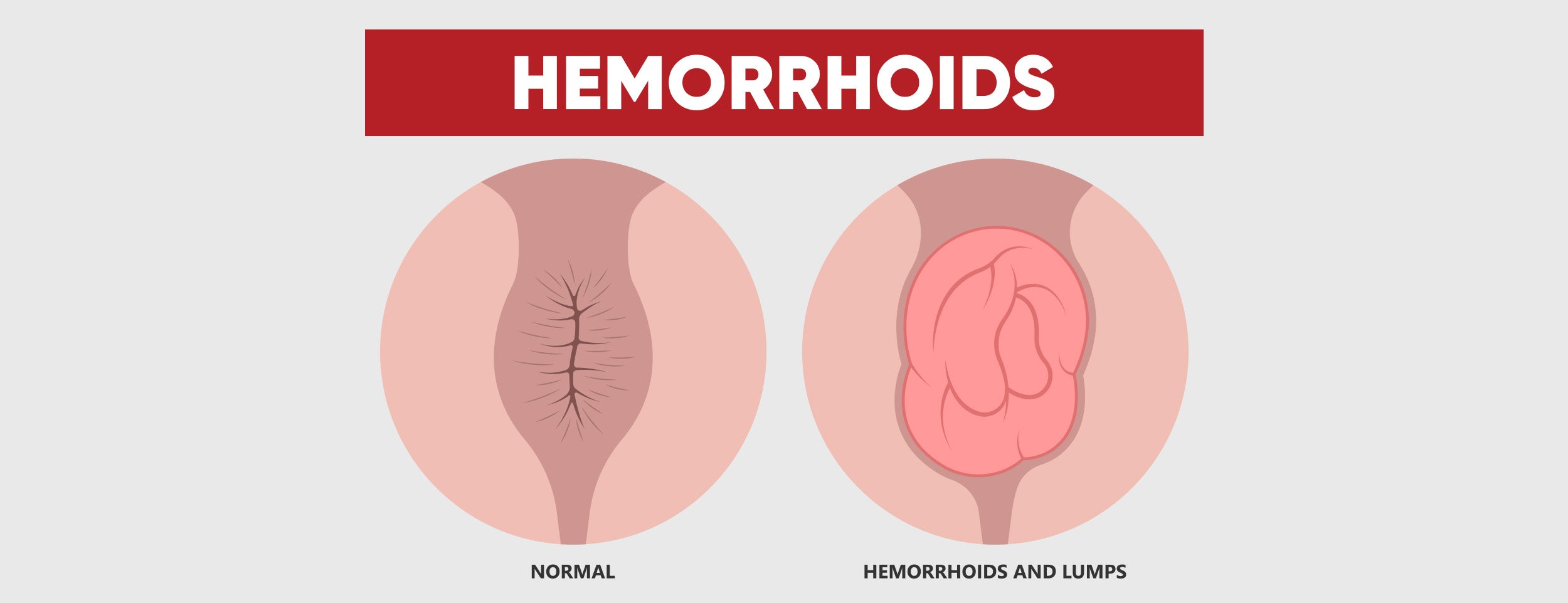
Several factors classify hemorrhoids, so you should consider those when deciding what type you have. External hemorrhoid with a hole is essential.
External hemorrhoids appear as painful lumps or swellings outside the anus. Infection or bleeding can occur if a small hole is present in the swollen skin.
While external hemorrhoids can have a hole, internal hemorrhoids do not usually present in this way. Swollen veins in the rectum cause pain and discomfort. The only way to detect internal hemorrhoids is through a medical exam.
When you experience hemorrhoid symptoms like itching, swelling, pain, or bleeding, get medical help. Ignoring these issues can lead to serious locations that require surgery. Hemorrhoids can be treated promptly, and you can return to feeling your best.
External Hemorrhoid Size Chart
Millions of people worldwide suffer from hemorrhoids, a condition characterized by swollen veins in the rectum and anus. To identify hemorrhoid type, an examination of size is critical. External hemorrhoids are visible and felt beneath the skin, while internal ones are not seen.
- An exterior hemorrhoid size chart comprises four categories: Grade I, II, III, and IV.
- Grade I hemorrhoids are small and seen or felt as a lump around the anus.
- Grade II hemorrhoids are larger and protrude out of the anus but retract automatically.
- Grade III hemorrhoids require manual manipulation to push them back in, while Grade IV hemorrhoids are the most severe and remain permanently prolapsed.
For effective treatment, determining the hemorrhoid type is crucial. Exterior hemorrhoid size charts make grading and action planning easy. You should seek medical attention if you experience discomfort or symptoms.
External Hemorrhoid Skin Tag Treatment

External Hemorrhoid Skin Tag Treatment is vital for effective hemorrhoid management. Typically, external hemorrhoids occur in the anal region, forming a lump beneath the skin. The appearance of skin tags or irritation can make them bothersome. It is crucial to distinguish internal hemorrhoids from external hemorrhoids.
An example is topical creams containing anti-inflammatory agents like hydrocortisone. External hemorrhoids and skin tags are reduced in size and inflammation with these products. According to instructions on the product packaging, patients can apply these creams to the affected area.
A minimally invasive hemorrhoidectomy procedure is another treatment option. The process involves removing hemorrhoids and skin tags under local or general anesthesia. When other treatments do not work to treat hemorrhoids, hemorrhoidectomy is recommended.
Skin tags and external hemorrhoids can be prevented by a balanced diet, regular exercise, drinking enough water, avoiding constipation, and not straining during bowel movements.
External Hemorrhoid Skin Tags must be treated for effective hemorrhoid management. Appropriate measures to manage and prevent hemorrhoids are essential for a better quality of life and pain relief.

Large External Hemorrhoids
Heavy lifting increases pressure within engorged veins outside the anus, resulting in external hemorrhoids. Chronic constipation caused by inadequate fiber consumption causes straining during bowel movements.
As a result of their size pushing against nearby sensitive skin tissues, large external hemorrhoids can be painful and irritating. They get burnt when they come into contact with clothes or hygiene products like toilet paper and wipes after defecation.
Large Painful External Hemorrhoid
Hemorrhoids, or piles, can be a pain in the butt. They're swollen veins in the anus or rectum that can cause itching, discomfort, and pain. Depending on their location, they can be internal or external. External hemorrhoid feels like a bulging lump outside your anus if it's large and painful.
Ouch! Hemorrhoids of this type can cause intense pain, especially during bowel movements.
Excessive straining during bowel movements, obesity, and pregnancy can cause external hemorrhoids. They can also be caused by trauma or injury to the anal area. It is always best to consult a healthcare professional before treating an internal hemorrhoid. External hemorrhoids can cause discomfort and require treatment, like topical creams, ointments, or surgery if severe.
To prevent hemorrhoids, you should maintain good bowel habits, stay hydrated, and exercise regularly. Getting enough fiber and fruits and vegetables can also help prevent hemorrhoids. Trust us; taking care of your behind is worth the effort!
Symptoms of Internal Hemorrhoids

Internal hemorrhoids are a common ailment where the veins inside the anal canal swell or become inflamed. It can be challenging to differentiate between internal hemorrhoids and external hemorrhoids. However, certain symptoms are unique to internal hemorrhoids that can aid in identifying the problem.
The most apparent symptom is rectal bleeding. When passing stool or straining during bowel movements, internal hemorrhoids can tear. Bleeding can occur from any small damage to the lining, usually as bright red blood on the toilet paper.
Another telltale sign of internal hemorrhoids is discomfort and pain in the anal area. The swelling of internal hemorrhoids can irritate the nerves and cause pain and discomfort that often worsens when passing stool. This severe pain can make sitting, walking, or sleeping difficult.
Despite no bowel movements, internal hemorrhoids can cause rectum fullness or pressure. Internal hemorrhoids can cause swelling and inflammation of the veins.
Lastly, another common internal hemorrhoid symptom is tissue protrusion through the anus. The hemorrhoids can sometimes protrude from the anal opening, causing bleeding and discomfort. However, this is not always the case; internal hemorrhoids can remain inside the anal canal.
Internal hemorrhoids can be relieved when you identify the symptoms and seek medical attention. Internal hemorrhoids can be identified by rectal bleeding, discomfort, pressure, and protrusion of tissue. A proper diagnosis and treatment can prevent the condition from progressing.
Painless Bleeding During Bowel Movements

The symptoms of external hemorrhoids are more severe than those of their internal counterparts, including itching, pain, and bleeding. Of these symptoms, painless bleeding during bowel movements is one of the most common. During this type of bleeding, blood leaks from the rectum through an irritated or scratched external hemorrhoid.
Sometimes, the blood may be bright red or contain clots. External hemorrhoids can cause a few drops of blood in the toilet bowl to large amounts of bright red blood on tissue paper.Left untreated, it can cause considerable discomfort and pose potential health risks.
A Hemorrhoid Pushing Through the Anal Opening
Hemorrhoids can be internal or external, causing discomfort and distress. The symptoms of internal hemorrhoids include bleeding during bowel movements, swelling around the anus, and pain while sitting. They are caused by straining during bowel movements, prolonged sitting, obesity, and pregnancy.
Effective treatments include over-the-counter creams, ointments, warm baths, and dietary changes. In severe cases, surgery may be necessary. Seek medical attention promptly to prevent further complications and improve your quality of life. Anal discomfort, bleeding, or swelling should not be ignored, as prompt treatment can help manage symptoms.
Bleeding in the Rectum

Hemorrhoids cause swollen veins in the anal region due to too much pressure in the lower rectum. Blood from internal hemorrhoids will typically appear on toilet paper or in the stool.
But bleeding can also indicate a more severe condition, such as colon cancer, so seeking medical attention is crucial if the bleeding persists. On the other hand, external hemorrhoids form under the skin around the anus and can be painful if they develop a blood clot.
While bleeding is not typically a symptom of external hemorrhoids, other conditions can also cause rectal bleeding. So, visiting a doctor for an accurate diagnosis and proper treatment is best.
Pain During Straining
Pain while going to the bathroom could signify an internal hemorrhoid, which can't be seen from the outside. The pain happens when the hemorrhoid is pushed out of the rectum during bowel movements. This could cause quite a bit of discomfort, mainly if the stool is hard.
But, it is vital to note that straining can also indicate other issues, including anal fissures or rectal prolapse. Proper diagnosis and treatment from a medical expert are crucial to receiving excellent symptom management. Don't hesitate to consult your doctor when dealing with pain.
Thrombosed Hemorrhoids

Hemorrhoids with thrombosed walls develop blood clots (thrombosis) due to increased pressure. Typically, this is due to excessive straining during bowel movements and weakened veins due to obesity and aging itself.
There's a lot of pain, swelling, and inflammation near your anus with thrombosed hemorrhoids. Whenever you touch it lightly with your fingertip or toilet paper, there's a hard lump near your anus.
Symptoms of Thrombosed Hemorrhoids
People who suffer from thrombosed hemorrhoids experience extreme discomfort and an unsightly lump around their anus.
Toilet paper with blood can indicate itchiness, irritation, swelling, bleeding, or pain during bowel movements. In the event of thrombosed hemorrhoids, immediate medical attention is required.
Severe Pain:

The most obvious symptom of thrombosed hemorrhoids is severe pain. It usually starts as a dull ache that increases in intensity until it becomes unbearable. This type of pain occurs when the clot blocks the blood flow to the affected area, causing inflammation and swelling.
In some cases, this type of pain can last for up to several days and may even be accompanied by fever or chills. Untreated pain can cause people to be unable to sit or stand properly and may need hospitalization.
Inflammation:
As mentioned previously, thrombosed hemorrhoids cause inflammation when blood flow is blocked. This inflammation can cause redness, and warmth around the anus, and tenderness if pressed on gently with your fingertip.
Due to its location near sensitive skin, this inflammation can often result in itching and burning sensations throughout the day.
Hard Lump Near Your Anus:

Externally thrombosed hemorrhoids often look like a hard lump under the anus that is both painful and visible. Typically, this lump is tender and slightly discolored since it is surrounded by increased blood circulation caused by a clot blocking proper drainage from that area of your body's circulation.
What Causes of Hemorrhoids?
Hemorrhoids are a fairly common condition affecting men and women of any age. The hemorrhoids are swollen, irritated veins in the rectum or anus that can be uncomfortable, itchy, and bleeding. There are two types of hemorrhoids, internal and external, and knowing the difference can help determine the appropriate course of treatment.
Straining During Bowel Movements
Straining is a process that occurs when the body exerts extra effort in order to expel feces from the bowels. It can occur due to constipation, which is caused by muscle or nerve problems in the intestines, or due to an obstruction of some kind.
Straining can also occur because of poor diet and dehydration, which lead to the hardening of stool and difficulty passing it normally. When straining occurs, pressure increases in the abdomen, rectum, and anus, causing hemorrhoids.
Sitting for Long Periods of Time on the Toilet

Hemorrhoids Due to Chronic Diarrhea or Constipation
Chronic diarrhea and constipation are gastrointestinal disorders that can severely impact an individual’s quality of life. Chronic diarrhea is having loose stools or passing more than three times a day, often for over two weeks.
In most cases, chronic diarrhea is due to infection, inflammation, malabsorption of certain foods, and/or medication side effects. Chronic constipation occurs when bowel movements occur less frequently than usual, usually fewer than three times a week.
Congestion is caused by not drinking enough fluids, not eating enough fiber, changes in lifestyle or routine, medications, neurological conditions, and inactivity.
Both of them cause excessive pressure on your anus, and the continuation of these problems in the long term permanently causes Hemorrhoids.
Hemorrhoids for Being Obese or Overweight

Being obese or overweight is one of the main risk factors for developing hemorrhoids. This condition can cause veins to swell and inflame in the anal and rectal area, leading to painful, itchy, and bleeding symptoms. Obesity can put extra pressure on these veins, weakening them and making them more prone to damage.
A sedentary lifestyle can also increase pressure on these veins, making hemorrhoids more likely in overweight or obese individuals. A higher level of body fat can affect hormones that affect the digestive system and increase the risk of hemorrhoids.
Being Pregnant
During pregnancy, a female’s body undergoes significant changes in hormonal balance. This is especially true as the uterus gets larger, putting additional pressure on internal organs and veins. This increases the risk of hemorrhoids and varicose veins among pregnant women, both painful conditions.
Hemorrhoids occur when veins in the rectum swell due to extra pressure placed on them during pregnancy. The protrusion of these swollen veins can cause pain and bleeding when bowel movements occur. These swollen blood vessels sometimes become inflamed or irritated, leading to even more pain and discomfort.
During pregnancy, as the uterus grows, it exerts additional pressure on the colon, bladder, and rectum, leading to hemorrhoids and varicose veins. During pregnancy, women's hormones fluctuate, increasing blood flow throughout the body.
A large uterus can result in swollen veins in the rectal area, causing burning sensations, intense itching, and bleeding when urinating. Pregnant women experience hemorrhoids across all stages of gestation due to high levels of bodily stress.
Regular Heavy Lifting

Heavy lifting can cause a wide array of health problems, including hemorrhoids. A hemorrhoid is a swollen vein in the abdominal cavity caused by increased pressure. Lifting heavy weights regularly puts extra strain on the abdomen and pelvis area, increasing the risk of hemorrhoids.
Heavy lifting can also squeeze or pinch the veins around the anus, contributing to internal and external hemorrhoid pain.
Family History of Hemorrhoids
It is possible to inherit a genetic predisposition for either type of hemorrhoid. Due to With their visible nature, piles are easier to detect in families with a history of piles. However, genetics tend to play a larger role in external piles than internal piles.
Genes can make your tissue weaker and more likely to swell when you strain during bowel movements or sit for long periods. Some people may heal more slowly due to inherited genes that slow down the body's natural healing process.

Eating a Low-Fiber Diet
Fiber breaks down food particles, making them more accessible for our bodies to absorb. Intestinal bacteria then transform these particles into short-chain fatty acids (SCFAs).
SCFAs bind to the gut's other nutrients, such as magnesium and potassium, to aid digestion and nutrient absorption. In addition to peristalsis (the squeezing motion), eating high amounts of fiber helps move food quickly and efficiently.
Regular fiber consumption can help you avoid hemorrhoids by preventing straining during bowel movements. This happens when you strain for too long when you have a bowel movement without eating enough fiber.
People Over 50 Are at Higher Risk for Hemorrhoids

Hemorrhoids, also known as piles, are common among people over 50. Unfortunately, the risk of developing hemorrhoids increases significantly with age. A lack of collagen leads to thinning skin and walls, decreased circulation, reduced muscle tone, and weakened connective tissue.
As we age, our activity levels can drop, which can lead to increased pressure on our veins. Individuals over 50 can experience discomfort and pain from hemorrhoidal tissue caused by this pressure that bulges vein walls. The prolonged pressure on these veins can also cause hemorrhoidal problems.
Changes in hormones or aging can increase estrogen levels, increasing blood flow to the rectal region and causing symptoms similar to hemorrhoids.
If dietary and lifestyle modifications aren't made to address age-related changes, chronic constipation or diarrhea can further increase the risk of hemorrhoids. It is common for these conditions to cause straining during bowel movements, which could trigger hemorrhoids if left untreated.
Hemorrhoids in people over 50 (e.g., burning sensation, bright red bleeding) should be diagnosed and treated immediately to avoid serious complications.
Steps To Reduce the Risk Of Developing Hemorrhoids

Fortunately, there are steps to reduce their risk of developing hemorrhoids or other vein-related issues associated with an enlarged uterus:
- Consume more fiber: High-fiber diets prevent constipation, one of the main causes of swollen veins in the rectal region that often result in painful hemorrhoids
- Drink plenty of fluids daily: Staying hydrated helps to keep stools soft so they pass through the digestive system more easily.
- Exercise regularly: Low-impact exercises such as light walking help promote circulation throughout the lower half of the body while improving tone in abdominal muscles
- Avoid lifting heavy objects: Most healthcare providers recommend refraining from lifting heavy weights or straining too much during movement.
- Use moist wipes instead of dry toilet paper: Softer wipes relieve swelling skin without irritating delicate tissues.
- Talk with your doctor about medications that could be taken safely: Certain over-the-counter medications help relieve symptoms of hemorrhoid flare-ups but should only be taken under a doctor's supervision.
- Consider using doughnut-shaped cushions when sitting down: Cushions provide relief by helping support the affected area while providing some cushioning effect to sensitive tissue.
- Practice good hygiene habits: Ensure hands are clean before touching the affected area so bacteria doesn't spread further.
- If necessary, take sitz baths after bowel movements: Warm water baths temporarily relieve itching while helping reduce swelling.
Conclusion:
Hemorrhoids can cause discomfort and pain, but they are not life-threatening. It is important to distinguish between internal and external hemorrhoids by understanding their symptoms.
To prevent them from getting worse, it's imperative to recognize their symptoms early on and seek treatment. This may include a high-fiber diet, regular exercise, and avoiding straining during bowel movements.
If your symptoms don't seem to improve after trying lifestyle changes, you should check with your healthcare provider for an appropriate course of action.







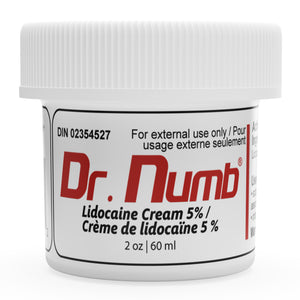

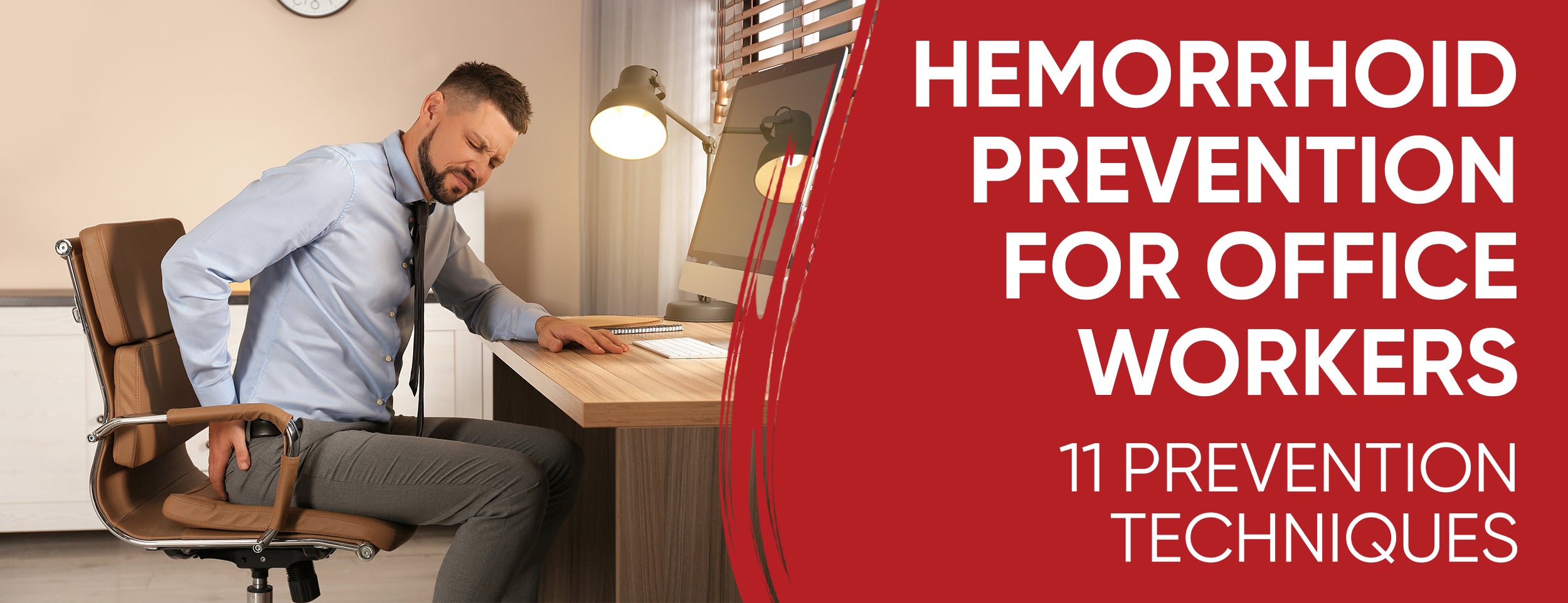
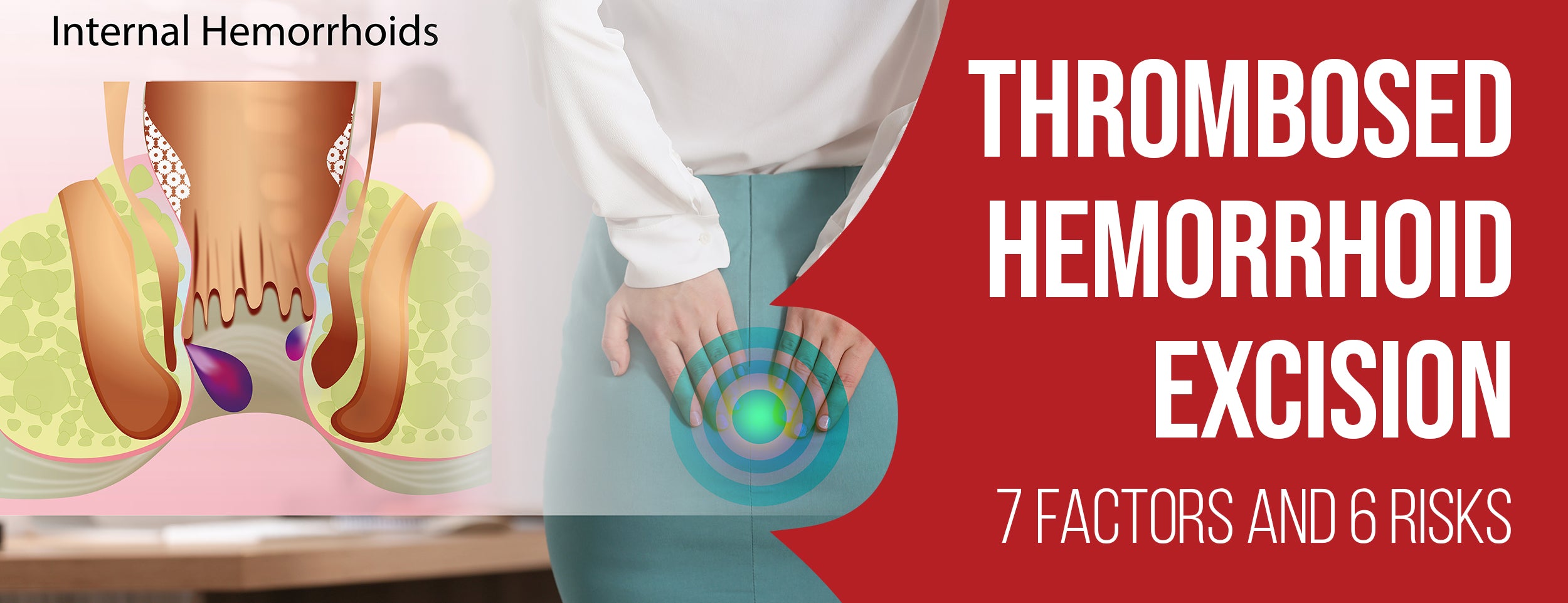
![Precautions & 6 Steps to Draining Thrombosed Hemorrhoids [DIY]](http://drnumb.ca/cdn/shop/articles/Draining_Thrombosed_Hemorrhoid_Yourself__6_Steps_8_DIY_Tips_With_Precautions.jpg?v=1713931775)

